If you have ever considered growing microgreens on your own, you know how difficult it can be to choose the correct soil type. Microgreens are not sensitive to the soil they are planted in, but you cannot deny that some growing mediums perform better than others.
To address this issue, this post will cover various soil recipes to determine the best soil for microgreens. But, before looking at different soil recipes, it is a good idea to review the characteristics of a good potting mix for microgreens.
If you are interested in this topic , you can also read
<<Best soil for Snake plants>> and <<Best soil for ZZ plants>>articles.
Features of good soil mix for growing Microgreens
Nutrition and fertility
Although Microgreens can grow in a sterile hydroponic media, some Microgreens thrive when planted in rich soil. The nutrition stored in the seed is only sufficient until the root emerges from the seed. Hence, microgreens require additional nutrients to grow true leaves. You will have slender and unhealthy plants and a delayed developing process if the Microgreens do not obtain the necessary nutrients they need.
pH
Most plants, including Microgreens, will grow better when planted in soil pH 6 or 7. So in order to get the most out of your planting, ensure sure the pH stays within the recommended range.
Aeration
Roots require nutrients and water to flourish, but that is not all. Roots also need Air. If you overwater your Microgreens, you might drown them. If you want to mix your own soil to grow Microgreens, do not overuse soils high in sand and clay.
Water retention
As previously mentioned, the roots need to breathe, but in the case of microgreens, we must also remember that they should not dry out. As a result, a good soil for microgreens should have adequate drainage while retaining the required amount of water.
What is the best soil recipe for growing microgreens?
An ideal soil mixture is determined by several factors, including whether the Microgreens are grown indoors or outdoors and the type of Microgreens grown. By learning more about the various components of the soil mix and why we use them, you may be able to develop a recipe that meets your needs.
Why should I mix my own mixture instead of buying a potting mix?
As previously mentioned, different situations necessitate different soil mixes. So, if you make your own Microgreens combination instead of buying packed soil mix, you will get better results at a lower price.
Making your own soil mix for microgreens may appear intimidating to newcomers. So, here’s a recipe to get you started. As previously stated, no recipe is perfect, and you may wish to alter it to suit your needs, but it is a good place to start.
The beginner soil recipe for growing Microgreens
In general, an appropriate soil mix for microgreens is consists of two parts perlite and eight parts organic materials (compost, garden soil, leaf …) but if you need a more detailed recipe, here is one recommended by many professionals:
3 parts peat moss + 1 part sand + 1 part perlite + 0.5/1 part vermicompost
Peat moss
Using peat moss as a soil amendment can improve soil structure and increase the proportion of organic matter in the soil. It has an excellent potential to improve soil aeration. It can also effectively control water and retain nutrients that otherwise leach from the soil.
Sand
Sand is good at forming air pockets, which helps with aeration, drainage, and general soil loosening.
Perlite
Perlite is here to help the potting mix to have better drainage. You need to keep the soil moist but not wet.
Vermicompost
Vermicompost is also utilized to improve the soil’s fertility and nutrition.
The best soil for microgreens
According to our experience in growing microgreens, there is also a more straightforward soil mix recipe for growing microgreens. This recipe has fewer components and works very well with microgreens. We believe that using peat moss and perlite in a 3: 1 or 4: 1 peat moss to perlite ratio is the best soil for microgreens.
Conclusion
Although there are beginner-friendly recipes for an appropriate soil mix for growing Microgreens, there is no one-size-fits-all solution. You must evaluate the requirements of the plants you are cultivating and select the best mixture for them.
A good soil for microgreens has enough nutrition, keeps the soil moist, and allows for optimum drainage. Make sure you are providing enough nutrition for your plants to develop faster and healthier.
Do not worry too much about the soil you choose; just start growing your microgreens, and you will learn everything you need to know.

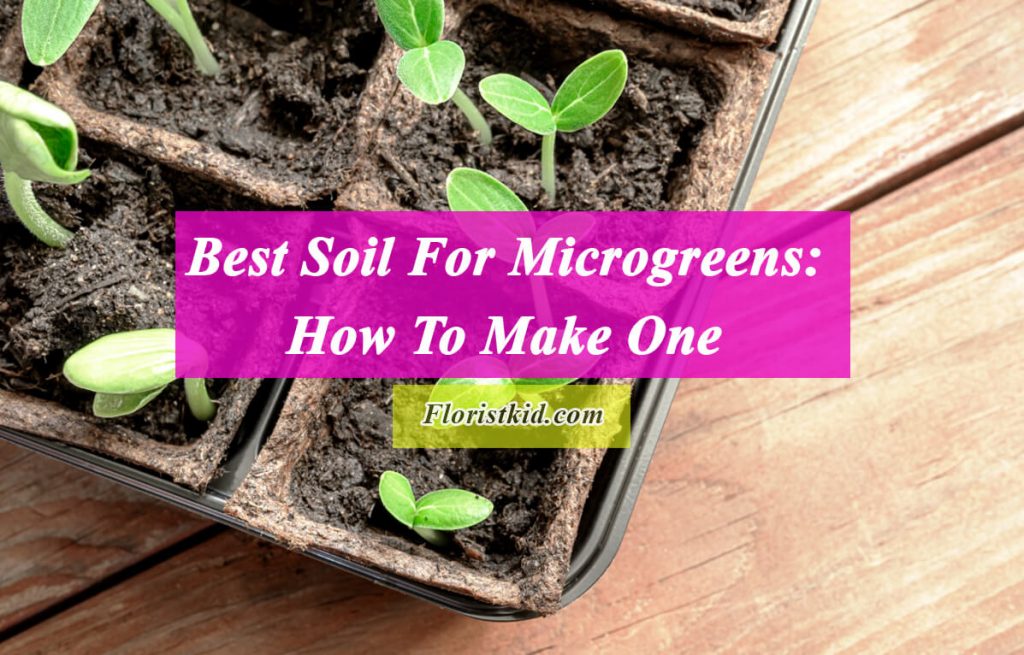
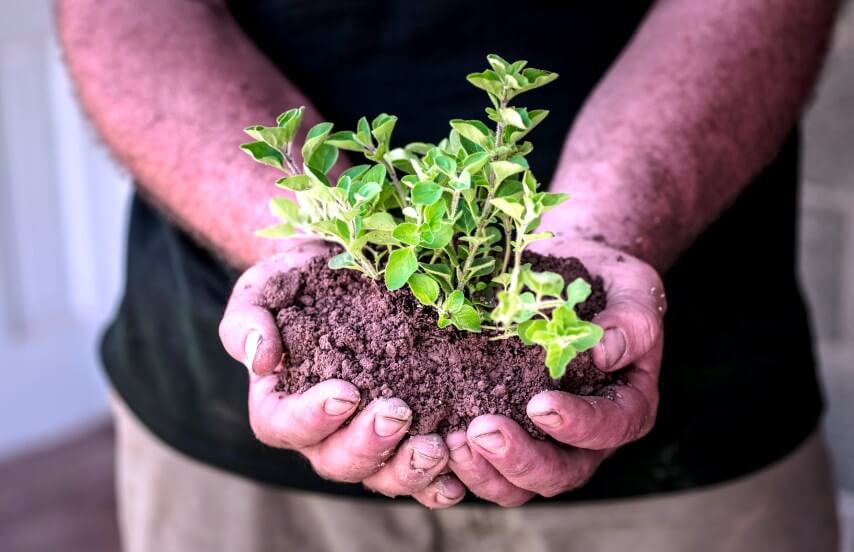

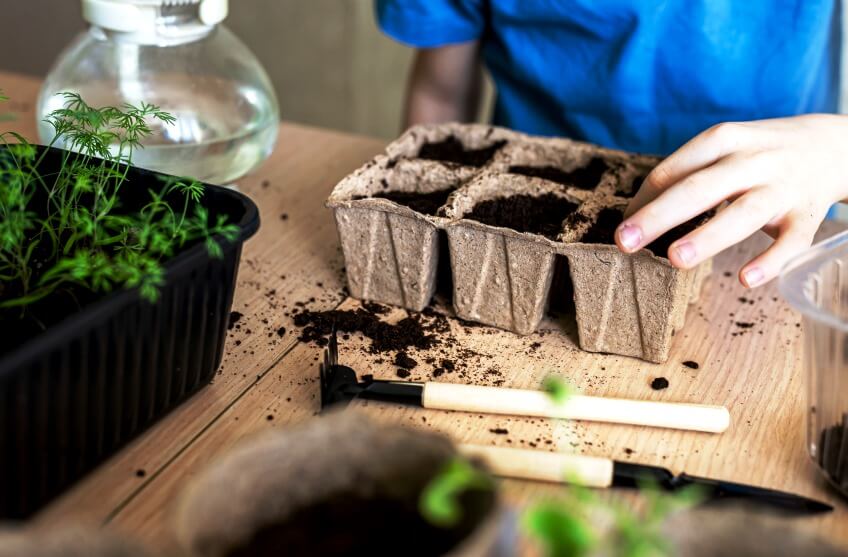
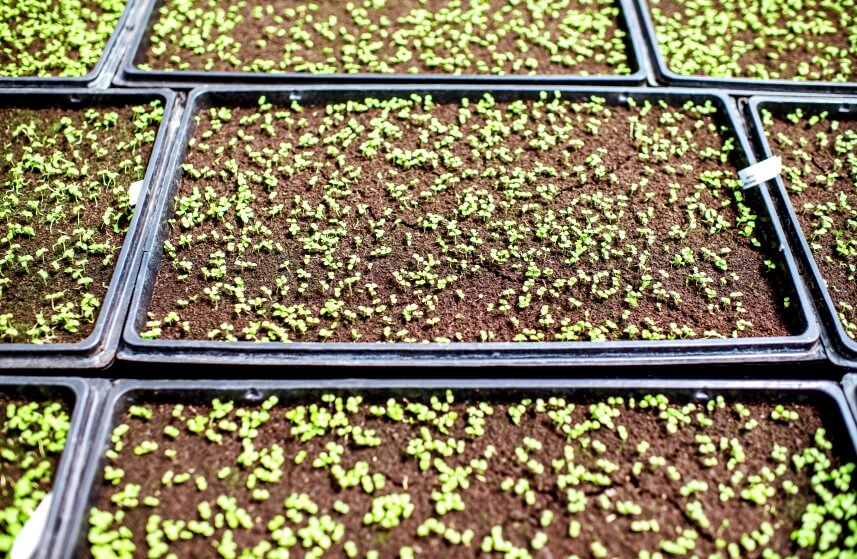
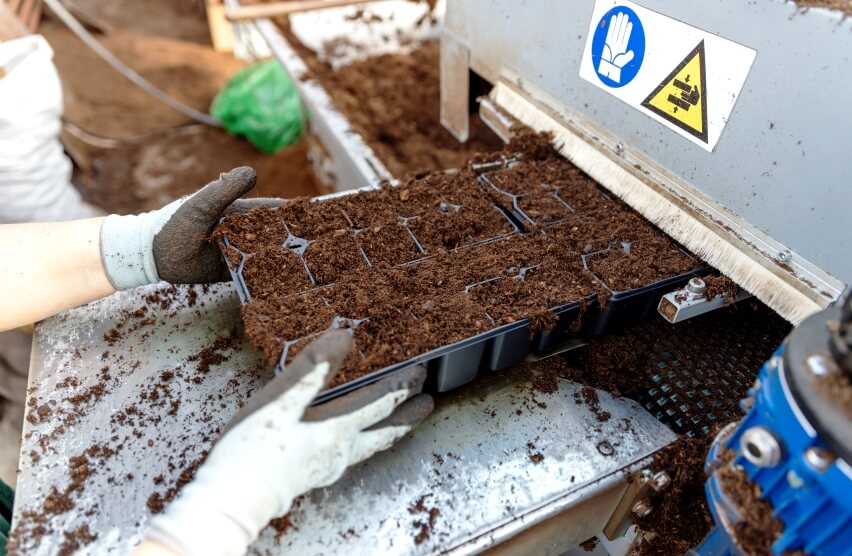
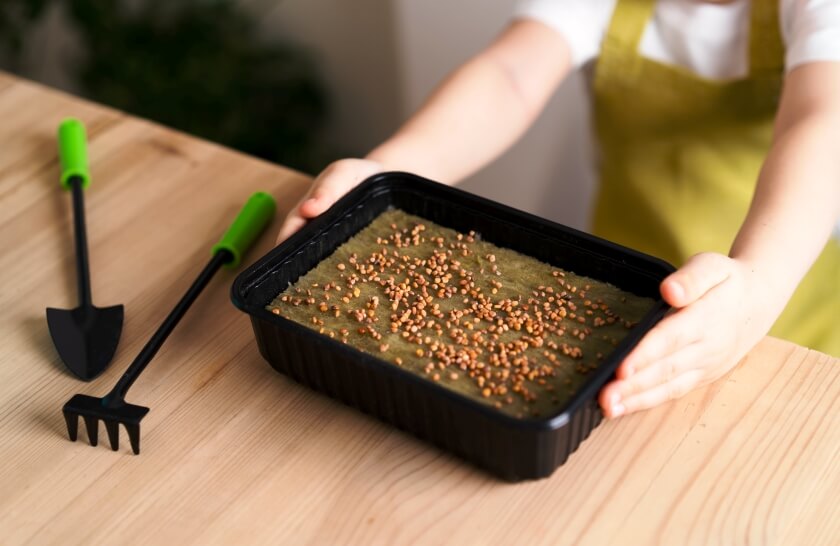
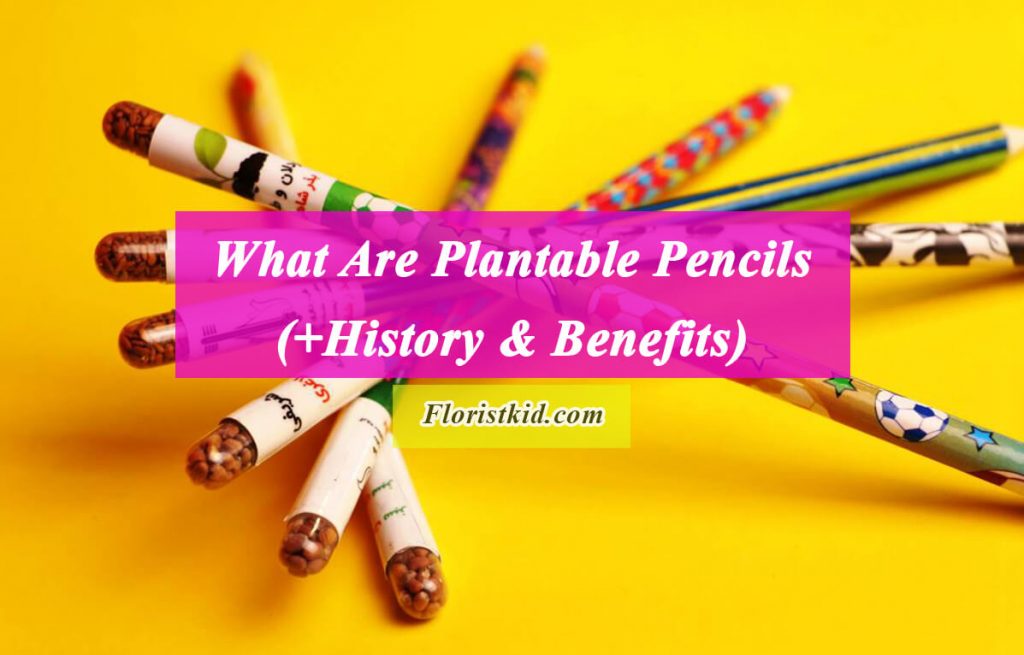

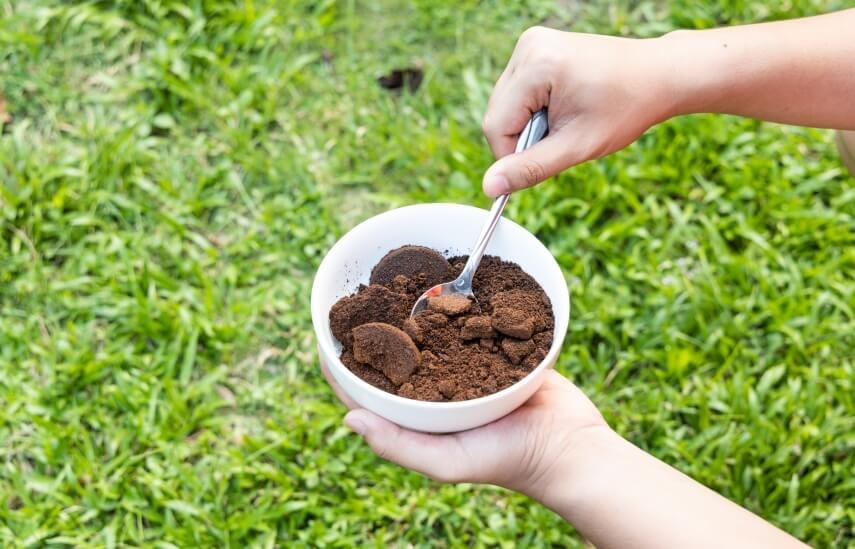

Great article! You mentioned that different microgreens seeds have different requirements when it comes to a growing medium and the amount of fertilizer they need. How do we find this info? Also at which point do the growing seeds start to run out of nutrients hence we need to provide some? Thank you
To learn more about each microgreen requirement, read about them in other articles. But as a rule of thumb, when your microgreen has stopped growing, or it’s getting yellow, it would be a good time for fertilizing.